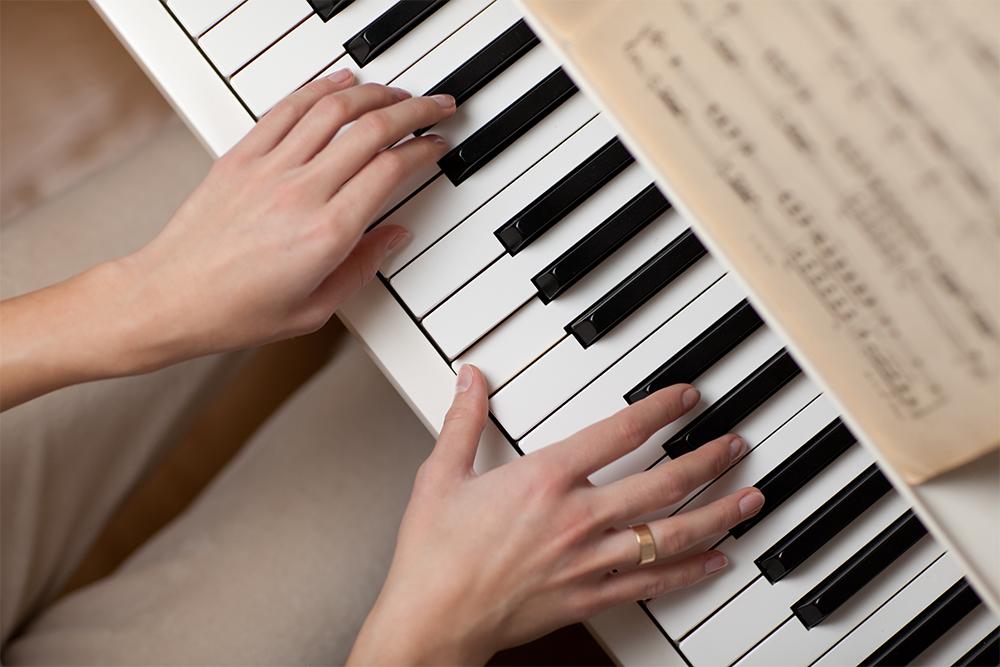Creating original music has become an accessible and exciting endeavor for many musicians, thanks to the advancements in digital piano technology. Modern digital pianos come equipped with a variety of features, one of the most useful being their built-in recording tools. These tools allow musicians to record their compositions, layer tracks, and refine their music with ease, offering a powerful platform for creativity without the need for external recording equipment. The process begins with the basic recording function of the digital piano. Most digital pianos feature a built-in sequencer or recording system that allows you to capture your playing with a single button press. This eliminates the need for complex setup procedures or technical knowledge of recording equipment. As you play, the piano records your performance, preserving every note and subtle nuance of your playing. This simplicity opens up music composition to everyone, from beginners to seasoned composers. Once the music is recorded, you can start experimenting with various elements to enhance your composition.

Many digital pianos allow for multi-track recording, where you can add different layers of music, such as a melody, harmony, and rhythm, all recorded separately. This feature makes it easy to create complex arrangements, as you can focus on one element at a time and blend them seamlessly later. For instance, you can record a piano part, then add a bass line, a drumbeat, and any other instrumental layers you desire, all without the need for multiple musicians and get more helpful hints. Digital pianos often come with built-in sounds that mimic a wide range of instruments, from strings and brass to synthesizers and drums. This variety of sounds expands your compositional possibilities, as you can experiment with different textures and timbres. The ability to switch between instrument sounds allows for more dynamic and colorful music, enabling composers to explore genres and styles they might not have been able to with a traditional piano alone. Moreover, digital pianos often offer advanced editing tools, which give you control over aspects such as tempo, pitch, and timing.
You can adjust the speed of the music, fine-tune the notes for perfect pitch, or even alter the rhythm to suit your desired style. These tools are particularly beneficial when refining your composition and ensuring that everything sounds just the way you envision it. For musicians looking to take their compositions even further, many digital pianos allow for easy integration with computer software or recording equipment. You can export your recorded music to a digital audio workstation DAW where you can add effects, mix the tracks, and produce a professional-quality recording. This connection with software enhances the creative process, providing more freedom to manipulate and finalize your composition. In addition to these tools, the digital piano’s ability to loop sections of your composition provides another advantage for songwriters. You can loop a particular phrase or passage, allowing you to experiment with variations or develop that section into a full song. This iterative process of building and refining music can lead to new and unexpected musical ideas that might not have emerged during a traditional writing process.